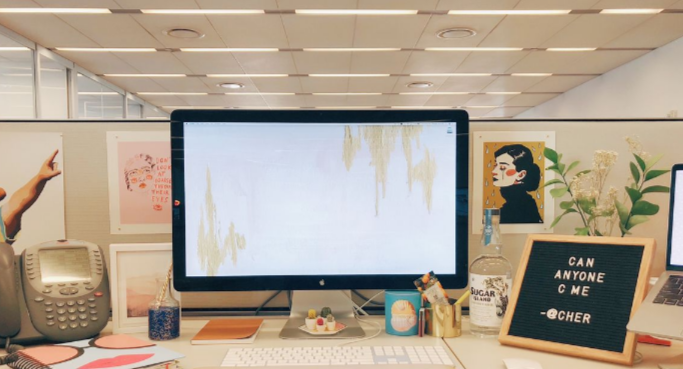Privacy Vs. Collaboration: Striking The Right Balance With Cubicle Wall Design

When it comes to contemporary office design, it is crucial to achieve an optimal level of privacy and openness. A cubicle wall is very important as far as achieving this balance is concerned. They are not merely partitions; they are a part of the office space layout that affects work efficiency, employee contentment, and the organizational climate.
Cubicles were traditionally associated with loneliness; a labyrinth of barriers separating one worker from another. However, the trends in office design have changed. Now, the emphasis is on designing zones that are suitable for effective work both separately and collectively. This change is indicative of a greater appreciation of how the environment influences worker productivity.
Functionality Meets Flexibility
Cubicle walls are not mere dividers; they are essential components of efficient workforce organization. This means that the design of the cubicle wall should offer adequate privacy where employees can work without feeling alone. For example, cubicle walls with lower partitions would help the team communicate with each other and share information. This means that it is possible to design these spaces in a way that they can serve different functions. Modular partitions can also be used if the goal is to create an enclosed workspace sometimes, or an open space for teamwork at other times.
Acoustic Considerations of Your Cubicle Walls
An important consideration that should not be overlooked in the design of cubicle walls is sound management. When people are at work in the office, noise could be disruptive. Therefore, especially in call centers, materials that have an ability to absorb or block sound are highly effective in boosting productivity. Effective noise control within shared office spaces can be achieved by incorporating acoustic panels or sound absorption materials to the cubicle dividers.
The Aesthetic Influence of Cubicle Walls
The appearance of cubicle walls also defines the nature of the workplace environment. The choice of colors and the materials used should not only reflect the company’s motif but should also ensure that the employees working there have a positive working environment. For example, light colors will create an illusion of more space and openness, while dark colors will give an impression of coziness and privacy.
Read also Globalfoundries Q4 Investor Businessdaily 1.85b 1.85b
Balancing Privacy and Openness
An aspect that should be considered in placing the cubicles is the movement of people. Printers, coffee machines, and other facilities should be available to everyone without bothering people who are busy with other tasks. Appropriate positioning of these items can help reduce interference and ensure that there are fewer distractions.
Conclusion
The heights of the cubicle walls greatly influence the optimal balance between employees’ privacy and collaboration. Thus, the type, height and kind of walls must be properly selected so that people feel comfortable at work and want to work as a team.
Of course, it is worth remembering that the main goal of creating such zones is to address the needs of as many employees as possible and offer them workplaces that would meet their tasks and individual preferences. By choosing right, cubicle walls can turn the conventional working environment to an effective, versatile, decentralized yet collaborative environment—corresponding to the needs of the contemporary market.




